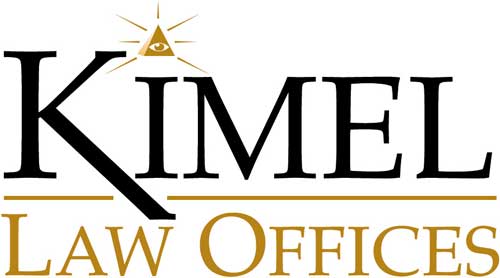If you’re considering bankruptcy and doing some reading to learn more about the process, you may have come across the word “cramdown.” It’s most likely to apply in a Chapter 13 bankruptcy that involves a reorganization of debts. Cramdowns can also be used for Chapter 11 bankruptcy.
The process, which is covered in the federal Bankruptcy Code, involves changing the terms of a debtor’s contract with a creditor – even if the creditor objects. The amount the debtor owes is decreased to reflect the fair market value (FMV) of the collateral. Typically, it’s done with secured debt, like a car or boat loan — although not with mortgages for properties that serve as primary residences.
Efforts have been made, particularly during the 2008 financial crisis, to extend the use of cramdowns to primary residences. However, it was determined that this could lead to even more financial instability – and additional bank failures.
The court can order a creditor to accept a cramdown
Creditors typically don’t fare well in these deals that are “crammed down” their throats, so to speak. If the car loan was for a vehicle that cost $50,000, and it’s now valued at $5,000, for example, that could potentially erase the remaining debt. In most cases, creditors would prefer to have the property liquidated so they can get back at least a portion of the money that’s still owed them.
A cramdown can only be used for debt involving personal property after a specified period. This varies based on the type of property. For most properties it’s a year. For vehicles, however, it’s over two years.
Whatever type of bankruptcy filing you have, it’s important to know all the potential tools at your disposal under the Bankruptcy Code. That’s just one reason why having experienced legal guidance before and during the process is crucial to accomplishing what you need to with the bankruptcy and emerging on the other end more financially stable.
